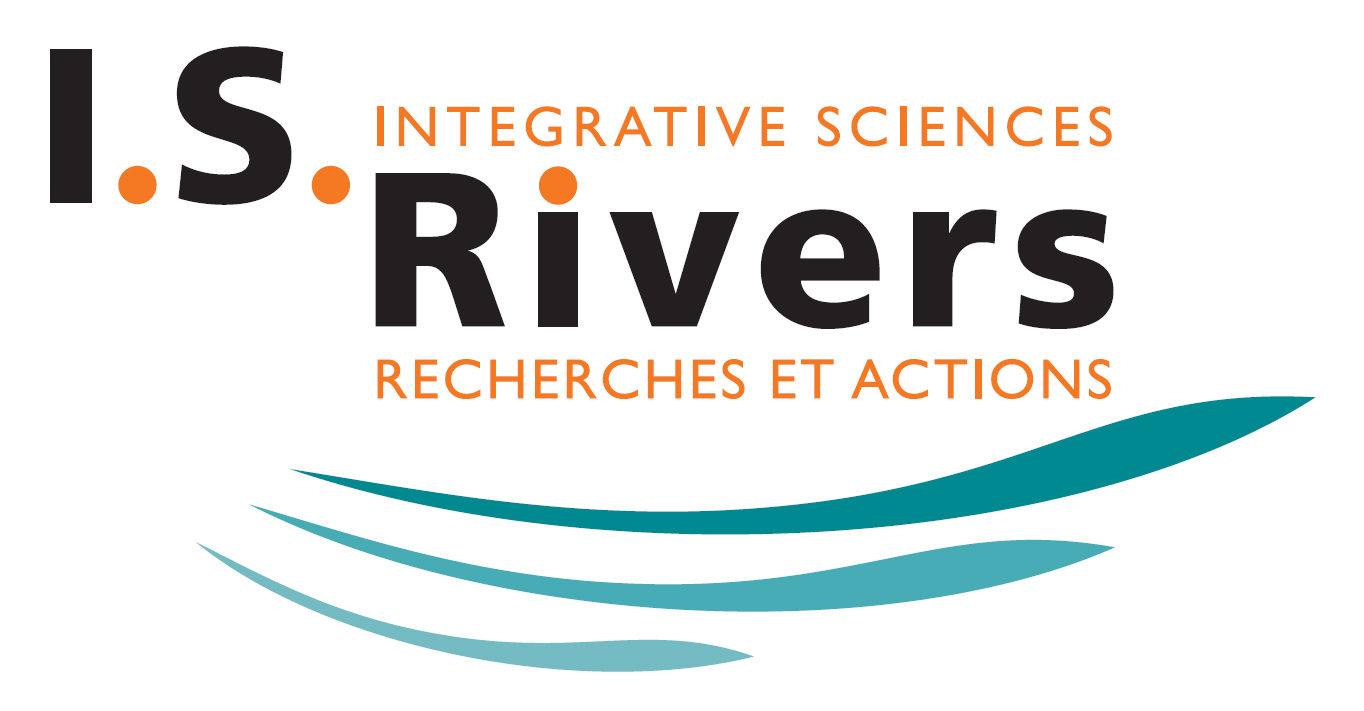Thursday 3rd of july – 08:30
08:30
A more-than-human approach to river restoration. Lessons from Aotearoa New Zealand and China
AUTHORS
BRIERLEY Gary, THOMAS Megan, HAN Meiqin, HIKUROA Dan, SALMOND Anne, KYTHBERG Billie, HUANG He Qing
New Zealand
Short Abstract: Approaches to river restoration are highly contested. A more-than-human (ecocentric) lens that contemplates such matters from the perspective of the river itself potentially presents opportunities to defuse such contestations. To ‘let a river speak’ embraces sociocultural relations and practices that work with and within rivers as living communities of land, water, plants, animals and people. Working with the river is an expression of its rights – simply allowing a river to be itself (to adjust, erode, deposit, flood), using its own energy to look after itself (to self-heal). In broader terms, such framings recognise that what’s good for waterways is good for human and more-than-human communities (i.e., healthy rivers are products of healthy socio-ecosystems, and vice versa). Such a philosophy aligns with an indigenous (Māori) worldview in Aotearoa New Zealand and long-standing (around 2000 year) applications of Daoist principles in western China. Using examples from both countries, we show how contemporary practices can build upon customary knowledges to provide a coherent platform for revitalising rivers and achieving realistic goals over given time frames. Emerging policies and practices in China embrace such thinking at the heart of moves towards an ecological civilisation. Although such framings are deeply contextual (place-based, catchment specific), we contend that principles that emerge from these case studies can support efforts to live generatively with living rivers in other parts of the world.
08:50
20 years of hydromorphological restoration in the Aude department (2004-2024): towards a natural and functional regeneration of rivers.
AUTHORS
DUPUIS Mathieu
France
Short Abstract: In 2004, the acquisition of 8 hectares of land along the Clamoux river will be the starting point of a policy of hydromorphological restoration of watercourses in the Department of Aude, which is now applied throughout the territory. The decision to dissect the banks and to let the natural fluvial dynamics take their course and the passage of three major morphogenic floods (2011, 2017, 2018) will allow the reconstitution of a wide and functional active strip. At the same time, the meeting with Gilles Arnaud Fassetta, teacher-researcher at the University of Paris 7, and the partnership that will follow, will make it possible to monitor the evolution of the river, in particular solid transport, with the acquisition of fifteen years of data. The dissemination of scientific data and the lessons that will be learned from them have made it possible to better understand the functioning of torrential rivers in the Aude region, to be able to communicate and train all decision-making actors (elected officials, financiers, etc.) in order to generalize the implementation of hydromorphological restoration operations based on nature-based solutions. The regeneration of the river’s functionalities and the increase in ecosystem services pleads for the generalization of these operations on our territory.
09:10
River restoration in the Zwarte Beek in Belgium: Longterm assessment of the ecological effects of remeandering
AUTHORS
BRUNEEL Stijn, PAUWELS Ine, VANDAMME Lore, VERHELST Pieterjan, BROOS Sarah, COECK Johan, VERMEULEN Isaac, THIENPONT Kaat, VERMEERSCH Sophie, STEENDAM Charlotte, VAN WICHELEN Jeroen, DE MAERTELEIRE Nico, PLAETINCK Simon, ROSSEEL Didierik, LYSSENS Mylan, DE PAUW Bart, BAEYENS Raf, GELAUDE Emilie, ROBBERECHTS Karen, BUYSSE David
Belgium
Remeandering rivers is a critical practice in ecosystem restoration, as it helps restore the natural flow dynamics of waterways that have been straightened or channelized. This process increases habitat complexity, providing vital resources for aquatic and terrestrial species, improving water quality through sediment filtration, and enhancing floodplain connectivity. By recreating natural meanders, remeandering can mitigate flood risks, support biodiversity, and promote the resilience of ecosystems against climate change impacts. This approach not only benefits wildlife but also bolsters ecosystem services that directly support human communities. In the valley of the Zwarte Beek, one of the most natural stream valleys in Flanders, river restoration was completed in 2017 during which old meanders were reconnected. Before and after long-term monitoring of control- and meandering sites have been conducted and have provided a rich dataset of habitat quality and fish communities. Preliminary results indicate an increased spatial heterogeneity of habitats via the creation of pools and riffles, relatively soon after the restoration took place. These pools and riffles are however not fully formed yet and continue to develop. After a delay of a few years, fish biomass and diversity have been restored and fish assemblage structure has shifted to one in which rheophile species have become much more important. Populations of these rheophile species, such as the European chub, show signs of increasingly healthy and sustainable populations. River restorations take time to yield results and long-term datasets are therefore key.
